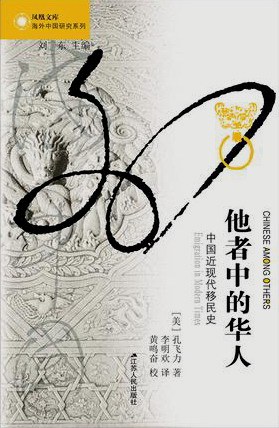Under collectivism, rural-to-urban migration had been deterred by the ban on unsanctioned movement by members of rural collectives but also by the household registration system, under which city dwellers’ access to food rations, housing, health care, and education depended on a residence certificate (hukou), which few rural migrants could obtain. Beginning in the early 1950s, household registration was applied to both urban and rural residents. By 1955, it was clear that the state was determined to erect a wall of regulations to protect city from countryside—an analogue of the physical walls that surrounded administrative cities in imperial times.

